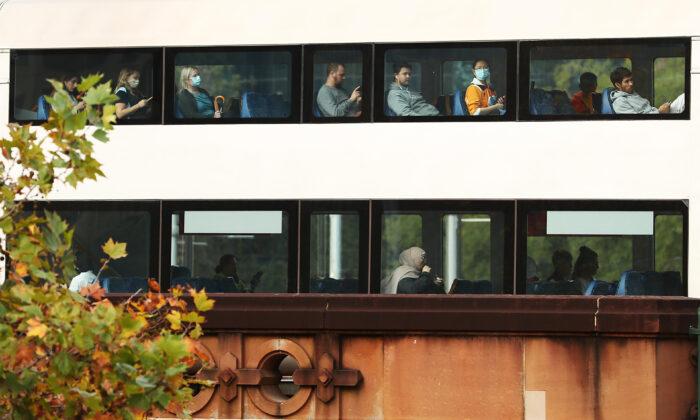ONRSR said the update would provide more information to prevent rail incidents in Australia, which on average, cost the Australian economy over $500 million ($USD 387 million) per year.
While the presence of a camera may not prevent incidents, “having audio and video recording allows investigators to eliminate, early in the investigation, potential contributory factors such as mobile phone use or other distraction type events.”
This information can increase safety by enabling the development of new or improved measures such as technology solutions, train cabin design, or driver and crew training and procedures, which can reduce the likelihood and consequences of rail incidents, according to the Office’s October 2020 report.
RTBU National Secretary Mark Diamond said the union was deeply concerned about the impacts of constant video surveillance on the mental health of workers.
“To put it simply, the regulator’s proposal is draconian and dangerous.
“We have been concerned that ‘safety’ has been used as a stalking horse for the introduction of a Big Brother-style surveillance system to monitor and discipline workers.
“Train cabins are workplaces, but they also serve as mobile meal rooms, change, and spaces for private conversations.
“No other Australian worker would accept this level of micro-surveillance of their daily tasks, let alone their personal time, as acceptable,” Diamond said.
He said RTBU was opposed to the recording devices but was prepared to accept them under strict conditions.
“If the purpose of mandatory recording devices is to assist investigations into safety incidents, then that is all those recordings should be used for,” he added.





